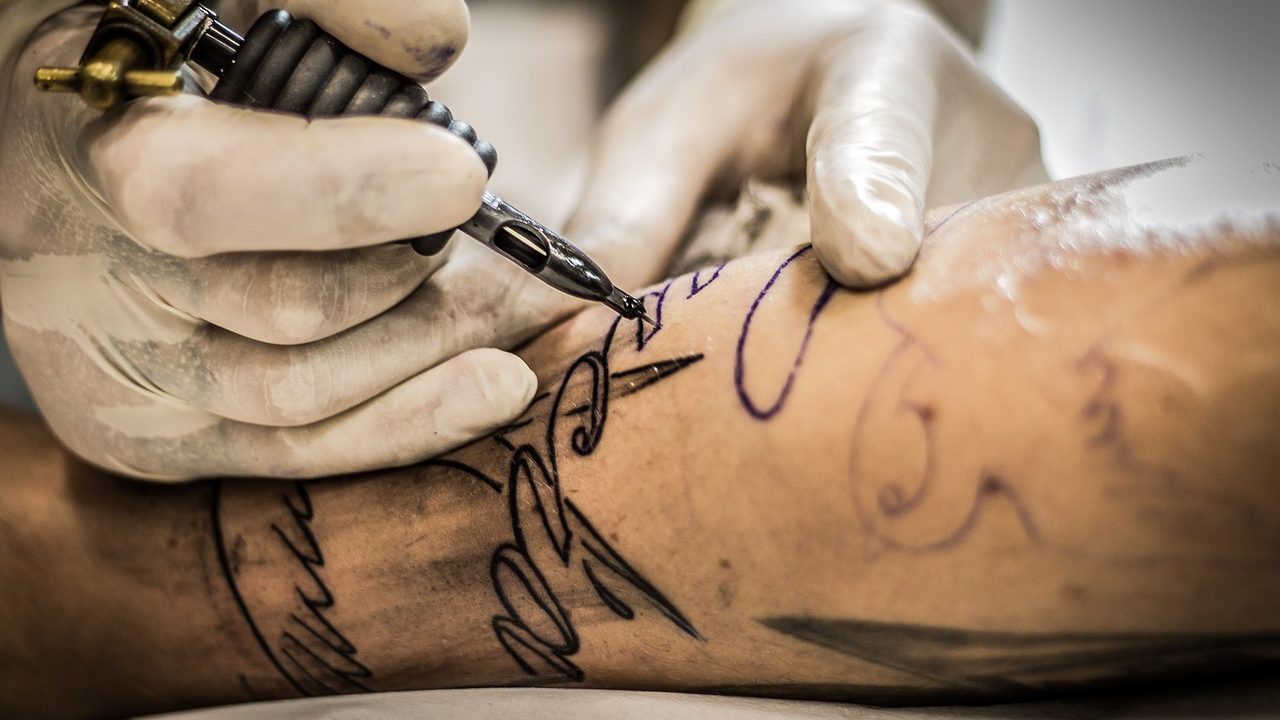Tattooing is an art form and form of body modification where a pigment is inserted into a skin to change its colour permanently. It is a very old tradition and today is more popular and socially acceptable than ever. The word ‘tattoo’ comes from the Samoan word ‘tatau’, which mimics the tapping sound of the tools used during tattooing.

To create tattoos, people used turtle shells and boar’s teeth to tap the dark pigment into the skin. The phenomenon of tattooing was once widespread. In ‘The Descent of Man’ (1871) Charles Darwin wrote that there was no country in the world that did not practice tattooing or some other form of permanent body decoration. There were tattoos in both ancient Japan and Egypt. The Māori of New Zealand have been practicing sacred Ta Mōko tattooing for centuries as a way to indicate who they are as individuals as well as who their community is. The 19th-century German ethnologist and explorer Karl von den Steinen believed that tattooing in South America evolved from the custom of decorating the body with scars. Plant sap rubbed into the wounds to prevent bleeding caused discoloration of the scar. The resulting decoration could be regarded as a tattoo.
We may see tattoos as an act of rebellion against the society but that is only one of the many reasons why people wore and still wear tattoos. Tattoos find ways to human skin from purely accidental to necessary and lifesaving. The oldest preserved tattoos come from Ötzi the Iceman; a 5,300-year-old mummified body frozen in ice discovered in the mountains of Italy in 1991. In 2019, researchers identified 2,000-year-old tattoo needles from southeastern Utah’s Pueblo archaeological sites. The cactus spines bound with yucca leaves still had the remnants of tattoo ink on them.
The modern history of tattooing in Denmark began in the late 19th century, when sailors poured into Nyhavn (Copenhagen) sporting tattoos they had gathered on their journeys and were greeted by a few enterprising locals who had set up rudimentary stations. Other early examples of tattoos can be traced back to the Middle Kingdom period of ancient Egypt. Several mummies exhibiting tattoos have been recovered that date to around that time (2160–1860BC). Tattoos appeared in different parts of the world practically independently and at the same time. Different styles and techniques developed in these places, and they today mix and mingle to joy of all tattoo enthusiasts and artists.
As Western colonizers pushed into places like Africa, the Pacific Islands and North and South America in the 1400s and 1500s, they found entire groups of native peoples who were tattooed. The needles of a modern machine move up and down at a rate of between 50- 3000 vibrations per minute; they penetrate only about 1 mm below the surface of the skin to deliver pigments. Our bodies treat the injected pigments as non-toxic foreign elements that need to be contained. So, certain types of cells in our bodies engulf the minute amounts of pigment. Once full, they move poorly and become relatively fixed in the connective tissue of the dermis, which is why tattoo designs do not generally change with time.
The original meanings of many tattoos are lost. However, body decorations such as scarification, tattoos and piercings have always been an obvious means of distinguishing individuals within a group, and groups within a society. On a personal level, a tattoo is part of one’s identity.
ARTICLE BY – MUSKAN RAJ | EDITED BY – SAHIL HARVANI



